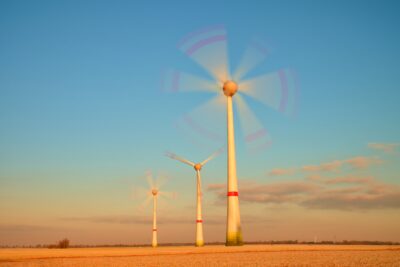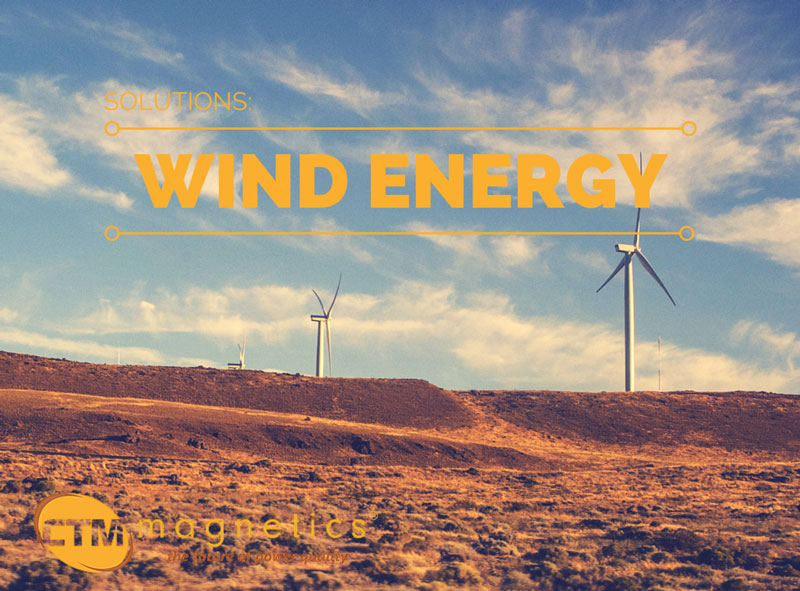Power Quality Solutions: Wind Energy
About Wind Energy
Thanks to the sun's heating effect upon the Earth, the atmosphere is in a continual state of moving and mixing. Every cubic foot of air weighs about 1.3 ounces; when that air moves, it exerts force on obstacles in its path when it moves as wind. Wind turbines leverage this aerodynamic force, converting wind energy into mechanical energy (through the turbine blades and rotor), and mechanical energy into electricity (through the generator).
[caption id="attachment_5030" align="alignright" width="400"] Wind Turbines Producing Electric Energy within sunny spring morning. Vintage Style Toned effect[/caption]
Wind Turbines Producing Electric Energy within sunny spring morning. Vintage Style Toned effect[/caption]
With more than 5,600 trillion tons of air surrounding the planet, it's clear the atmosphere can deliver formidable forces. For example, a 10 MPH wind striking a one square foot surface will impart about four ounces of force, while a 40 MPH wind delivers more than four pounds per square foot, sixteen times more. Because wind is a renewable resource, it can deliver energy without any depletion of natural resources. Therein lies the primary benefit of using wind energy to generate electricity.
Unfortunately, wind is intermittent and can be difficult to predict. As a result, the electricity produced by wind-driven generators may trickle slowly, or may produce many amps of current in high winds. Wind turbine generators produce alternating current (AC), however, this current is often produced at varying frequencies depending on wind conditions.
Wind Energy Generators
Matching varying generator frequencies to a fixed grid frequency is a common issue for wind turbines. For local use—say, on a farm or as a supplemental/backup power source—AC electricity is converted to direct current that feeds a wind battery storage system. Inverters then convert direct current to alternating current for local use.
The largest commercial-scale wind turbines generally produce up to 8 MW of power. Such commercial systems usually connect to the power grid through a doubly-fed induction generator that ensures AC power being produced is at line frequency (50 or 60 Hz), regardless of the actual rotating speed of the wind turbine. Following the doubly-fed induction generator, a step-up transformer is generally used to increase the voltage. Additional electronics are needed to assure the power being fed to the grid is in phase.
Grid-tie filters are used to assure compliance with IEEE 519, which provides guidelines for limiting the injection of harmonic distortion into the AC voltage and current waveforms where the wind turbine connects to the grid. Harmonics can cause damage to electronics using reactive components such as capacitors, transformers and rectifiers. Liquid-cooled filter electronics reduce harmonics and thermal losses, and keep wind-driven generators running longer and more reliably.
With more than 48,000 utility-scale wind turbines spread across some 40 states in the U.S. and Puerto Rico, their total output produces enough electricity to fully power 18 million U.S. homes—nearly 66,000 megawatts. Wind energy today provides about 4.5 percent of all U.S. electric power; this value is expected to skyrocket to 20 percent by 2030. The need for control electronics will follow that growth curve, and CTM Magnetics' product lines will play an ever-increasing role in conditioning the power delivered into the national grid.
 " alt="">
" alt="">